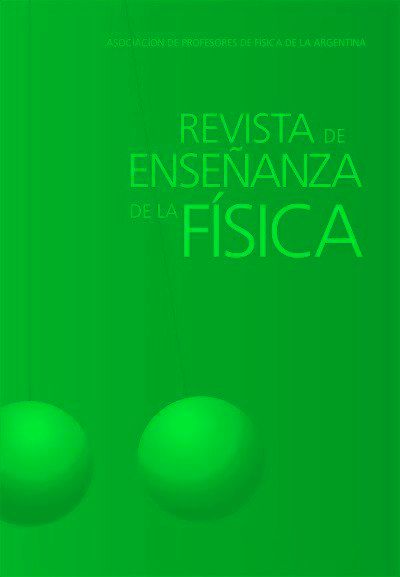Science trail: integrating school communal areas with interactive experiments
DOI:
https://doi.org/10.55767/2451.6007.v33.n2.35206Keywords:
Scientific alphabetization, Interactive science experiments, Non-formal education, Physics teachingAbstract
This work present the Science Trail, a project which consists of a circuit of 13 interactive science experiments installed at Federal Institute
of Rio de Janeiro Volta Redonda campus (IFRJ-CVoR), located in the south of Rio de Janeiro State and around 100 km from capital.
The experiments explore various areas of physics, including mechanics, optics, electricity, acoustics, etc. All facilities are accessible to
wheelchair users and have a totem with a brief description in portuguese and braille. In addition, the Science Trail will feature guided
tours for students in schools in the region and for the general public. The facilities will also serve as a non-formal education space,
which will complement the academic training of the IFRJ-CVoR’s undergraduate students . We believe that this permanent exhibition,
integrated with the campus, is capable to awaken and foment interest in science among students and also in the visiting public. The
facilities were committed in March 2021 and we are waiting for the end of the pandemic to open, when it will then be possible to
assess the impact of this action on training and on arousing interest in science on students and the general public.
References
Acosta, L. M. S. (2013). Anamorfosis: Reinventando la imagen. Tsantsa. Revista de Investigaciones Artísticas, 1, 6-13.
Brasil. (2008). Lei nº 11.892. Recuperado de https://www.planalto.gov.br/ccivil_03/_ato2007-2010/2008/lei/l11892.htm
Chassot, A. (2013). Alfabetização científica: uma possibilidade para a inclusão social. Revista Brasileira de Educação, 22, 89-100.
Conwell, C., & Paschal, J. (1986). Kaleidoscope Physics. The Science Teacher, 53(8), 41-44.
Fink, D. A. (1971). Vermeer's use of the camera obscura—A comparative study. The Art Bulletin, 53(4), 493-505.
Gohn, M. G. (2006). Educação não-formal, participação da sociedade civil e estruturas colegiadas nas escolas. Ensaio: Aval. Pol. Públ. Educ., 14(50), 27-38.
Jacobucci, D. F. C. (2008). Contribuições dos espaços não-formais de educação para a formação da cultura científica. Em Extensão, 7, 55-66.
Sugihara, K. (2021). Recharging N95 masks using a van de Graaff generator for safe recycling. Soft Matter, 17(1), 10-15.
Van De Graaff, R. J., Compton, K. T., & Van Atta, L. C. (1933). The electrostatic production of high voltage for nuclear investigations. Physical Review, 43(3), 149.
Downloads
Published
Issue
Section
License
Copyright (c) 2021 Marco André de Almeida Pacheco

This work is licensed under a Creative Commons Attribution-NonCommercial-NoDerivatives 4.0 International License.
Aquellos autores/as que tengan publicaciones con esta revista, aceptan los términos siguientes:Los autores/as conservarán sus derechos de copiar y redistribuir el material, bajo los términos estipulados en la Licencia de reconocimiento, no comercial, sin obras derivadas de Creative Commons que permite a terceros compartir la obra bajo las siguientes condiciones:
- Reconocimiento — Debe reconocer adecuadamente la autoría, proporcionar un enlace a la licencia e indicar si se han realizado cambios. Puede hacerlo de cualquier manera razonable, pero no de una manera que sugiera que tiene el apoyo del licenciador o lo recibe por el uso que hace.
- NoComercial — No puede utilizar el material para una finalidad comercial.
- SinObraDerivada — Si remezcla, transforma o crea a partir del material, no puede difundir el material modificado.
- Los autores/as podrán adoptar otros acuerdos de licencia no exclusiva de distribución de la versión de la obra publicada (p. ej.: depositarla en un archivo telemático institucional o publicarla en un volumen monográfico) siempre que se indique la publicación inicial en esta revista.
- Se permite y recomienda a los autores/as difundir su obra a través de Internet (p. ej.: en archivos telemáticos institucionales o en su página web) antes y durante el proceso de envío, lo cual puede producir intercambios interesantes y aumentar las citas de la obra publicada. (Véase El efecto del acceso abierto).










